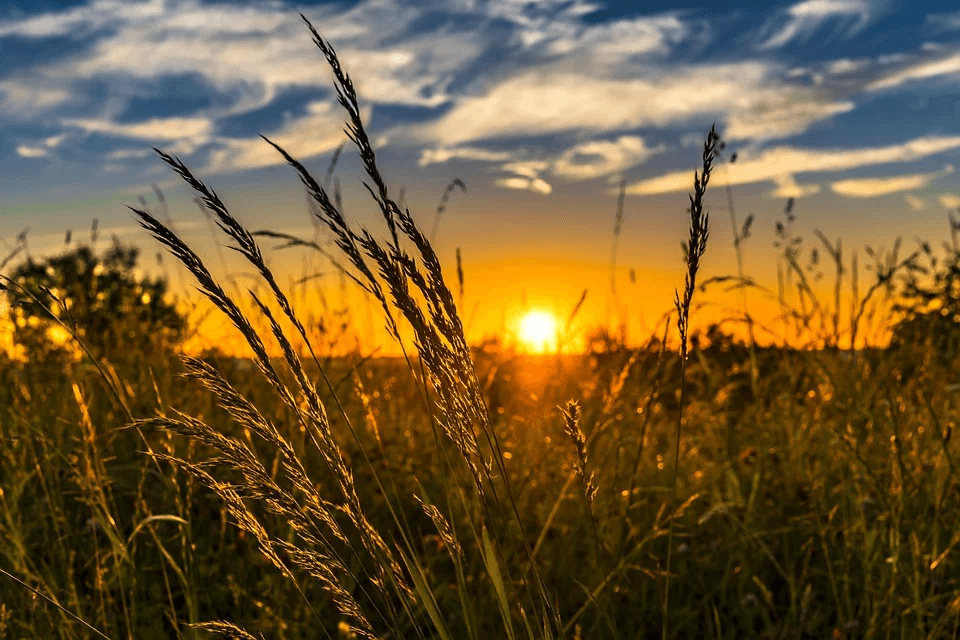Recently, since this news of IIT Kharagpur launching its program on ‘Application of Digital Technologies in Agriculture’ have surfaced, it has raised innumerable heads of curiosity. Various questions needed to be addressed such as why, what, how, and when! But undoubtedly, this step was essential in order to automate everything on the field and try to reduce manual or human intervention to much of an extent. Already, we are aware of the IoT enabled agriculture up to a certain extent, but these courses are about to unfold newer dimensions of technology into agriculture. The seeds to this initiative were rooted in 2017 as sensors and machineries were integrated with agriculture. Let us understand more about it.

What is this initiative?
These are a set of online tutorials and lectures, that are focused on professional masses that are inclined towards the agricultural sector. They include research trainees, doctoral students, and scientists from a college in Maharashtra. However, this course will be empowering the education seekers with various advanced technologies that can enable ‘Smart Agriculture’ concepts. Sponsored by NAHEP-CAAST from New Delhi, this initiative will be led by the Agricultural and Food Engineering Department of the Indian Institute of Technology, Kharagpur. It is being processed into short courses and with a positive belief that encapsulation of these aspects into agriculture can enhance future expeditions into research.
Why was it taken?
Scientists eventually felt a need to identify and predict the patterns of conducive environments that are ideal for the growth of a particular crop. This is where greenhouse inventory software comes into play. With the help of various agriculture software farmers and scientists are able to monitor and record temperature, water availability, soil nutrition, and even parasite infections. These are the leading factors in predicting a crop’s overall yield, so monitoring these greatly reduces crop loss. Due to this future R&D techniques had to be highly dependent on technologies such as artificial intelligence, or machine learning that provide highly accurate prediction models. Thus, it is in the hands of the government and educational institutes to facilitate the training sessions and help all the professional masses associated with agriculture.
Focus areas
Let’s now discuss the major areas that the program initiated by IIT Kharagpur will focus on.
Artificial Intelligence
Depending on the region of location, one can find various factors suitable or destructive for a crop. Artificial Intelligence work on the processes of agents and environments. The agents are learning the environmental conditions and determine the best possible outcomes through artificially fed intelligence. Over the times, the agents can learn from previous experience, and thus, manual interference is least required.
Machine Learning and Prediction Models
Machine Learning is yet another impactful technological advancement wherein prediction models are made that are capable enough to determine the changes in weather and water availability based on the current data. This data is gathered via the sensors and actuators placed out in the fields.
Drones
The inspecting elements on a widespread agricultural lands are drones. Not only drones have the capacity to identify the parasites and wild species on the farm, but with the help of sensors, it might also be able to alert the administrator in charge. Drones, when encompassed with GPS and alerting technologies, can make the agriculture techniques smart and human-free.
Sensors
Sensors are the minute yet extremely sensitive pieces of machinery that react and constantly transmit signals to the cloud. They work on certain threshold values. Various types of sensors are available such as light, sound, and temperature-dependent sensors. They keep on continuously emitting data and thus gives a set of values for further predictions.
Computer-Aided Designs
Designs that are computer-aided are rich in precision and accuracy. This is often entailing when it comes to getting a clear idea of how a technology-enabled agricultural field will look. Multiple aspects such as area coverage, monitoring, expected yield per percentage of land can be easily brought to results using CAD designs.
These are some of the aspects that are to be covered by IIT Kharagpur in their program called, ‘Application of Digital Technologies in Agriculture’. Oriented only for agriculture enthusiasts, we are hoping for some revolutionary innovations and inventions in the same. Nevertheless, at least this program can officially mark the beginning of a process where ancient occupations will meet modern technologies to benefit mankind!
You May Also Like

Author Bio: This article has been written by Rishika Desai, B.Tech Computer Engineering Student at Vishwakarma Institute of Information Technology (VIIT), Pune. She is a good dancer, poet and a writer. Animal love engulfs her heart and content writing comprises her present. You can follow Rishika on Twitter @ich_rish99.